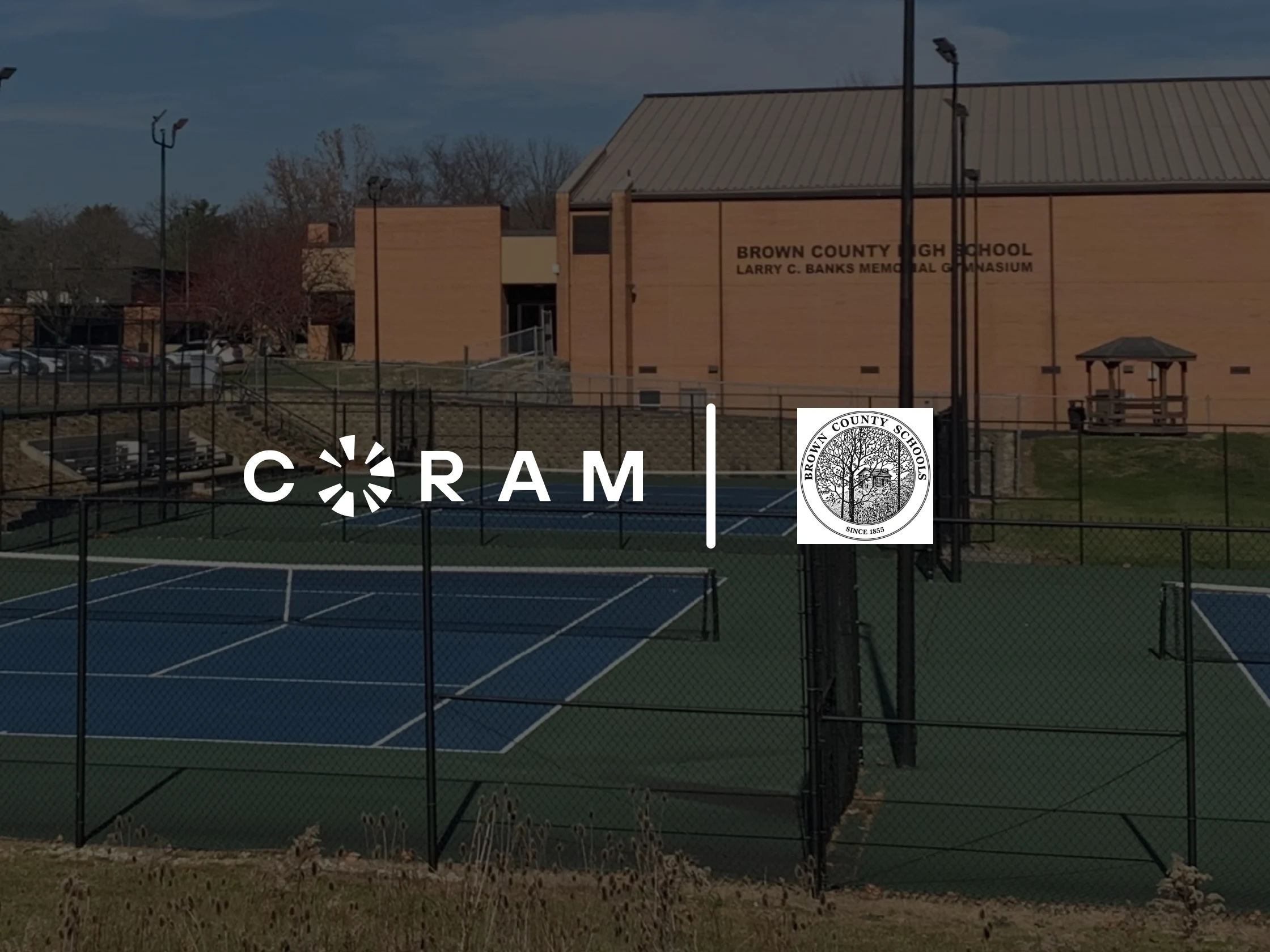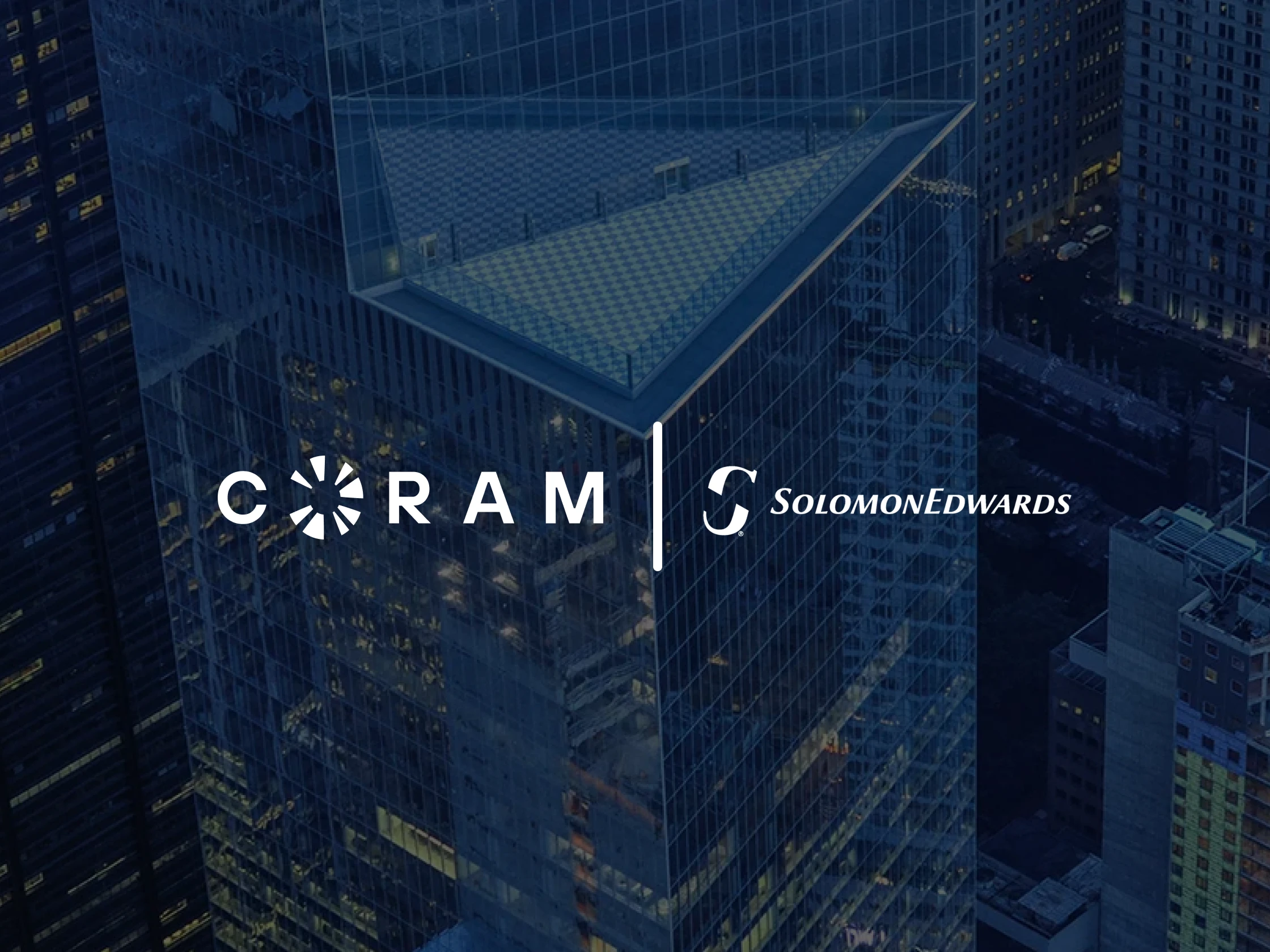Securing packed stadiums, arenas, and crowded event grounds is growing tougher. Unattended bags, crowd surges, and perimeter breaches easily go unnoticed with traditional, human-reliant video monitoring. This results in overwhelming scale, risks, and immense pressure to prevent incidents.
In addition to being inefficient, this approach is a liability. Missed threats can lead to safety disasters, operational issues, costly lawsuits, and shattered public trust, especially under Canada's strict safety and privacy regulations. But relying solely on overwhelmed staff is a gamble you can't afford.
However, upgrading to AI-powered video analytics and surveillance integrated with your surveillance system is an essential modern approach to stadium security. It proactively identifies anomalies in real-time, freeing your team to respond decisively.
This technology also empowers you to prevent crises, ensure crowd safety, optimize operations, and maintain compliance. In this article, we’ll explore how AI-driven security systems are improving stadium safety.
Why Stadiums Need Next-Gen Security?
Venues host tens of thousands of people, presenting complex and growing threats that traditional security methods struggle to counter. Relying solely on human guards, manual bag checks, and perimeter fencing is no longer sufficient, as this approach is prone to missed threats and dangerous delays.
Here’s why stadiums need next-gen security:
- Growing Threats
Potential dangers range from hidden weapons and aggressive behavior to coordinated terrorist acts and mass violence incidents. Spotting these proactively within a large crowd is humanly impossible at scale.
- Crowd Safety Challenges
Crowd safety itself is a major challenge. Unseen bottlenecks, density build-ups, slips, falls, or medical emergencies require immediate detection and response to prevent minor incidents from escalating into major problems.
Statistics Canada reports that the violent crime severity index increased by 5% in 2021, intensifying the need for more vigilant and proactive surveillance systems.
- Mounting Operational Burdens
Operational burdens add pressure. Managing entry flows, identifying banned individuals, monitoring restricted regions, and coordinating emergency responses across sprawling venues strain resources.
Staffing shortages deepen these challenges, leaving security teams stretched thin and reactive. In this case, next-generation security, powered by AI analytics integrated with video surveillance, becomes critical. AI can:
- Detect Threats Instantly: Automatically flag weapons, unattended bags, persons of interest, or aggressive physical altercations in real-time.
- Predict Crowd Risks: Analyze movement patterns to identify density buildups or high-traffic areas before they cause incidents.
- Enhance Situational Awareness: Provide security teams with prioritized, immediate alerts upon spotting any anomaly.
- Improve Efficiency: Automate perimeter monitoring, license plate recognition, and simplify investigations with advanced search.
Core AI Analytics Features for Stadium Security
Modern stadiums demand security that works faster than humanly possible. Solutions with AI analytics integrated with video surveillance provide this essential capability. Here’s how these core features deliver topnotch safety and operational efficiency:
Real-Time Crowd Monitoring
AI video analytics can detect abnormal crowd behavior like bottlenecks, stampedes, or loitering in restricted areas. Using real-time heatmaps and movement tracking, security teams gain instant visibility into crowd density, flow, and potential risks.
This allows them to redirect foot traffic, open emergency exits, or deploy on-site personnel before situations escalate:
- Density Buildups: Identify high traffic at exits or popular attractions.
- Bottlenecks and Congestion: Spot stalled flows causing frustration or trip/fall risks.
- Abnormal Movement: Detect sudden crowd surges or panics triggered by incidents.
- Falls and Medical Emergencies: Automatically alert staff to individuals needing immediate medical assistance.
- Theft and Perimeter Breaches: These technological systems can identify and notify stadium operators about theft and perimeter breaches.
Weapon Detection
Traditional security checkpoints can be overwhelmed, especially during large events. However, AI-powered analytics with object recognition capabilities can detect visible firearms, knives, or other dangerous weapons in real time, even if they’re partially concealed.
Once detected, the system can automatically alert nearby security personnel and trigger lockdown protocols in seconds. Artificial intelligence security systems scan video feeds to instantly detect:
- Firearms (handguns, rifles, shotguns)
- Bladed weapons (knives, machetes)
- Blunt objects used as weapons (bats, pipes)
- Unattended bags/suspicious packages.
Security personnel receive immediate alerts with precise location, enabling quick intervention before a crisis occurs.
LPR Detection
Managing vehicle access to VIP zones, staff-only parking, or emergency routes is simplified with AI-driven LPR. This technology scans and identifies license plates in real time, so security teams can spot unauthorised vehicles, stolen cars, or blacklisted plates.
- Perimeter Security: Instantly flag vehicles on banned lists (known threats, previously ejected individuals) attempting entry via parking lots or service gates.
- VIP and Staff Access: Streamline entry for authorised personnel and deliveries.
- Traffic Flow Optimization: Monitor ingress/egress patterns to manage congestion.
- Post-Incident Investigations: Quickly locate vehicles of interest from partial plates or vehicle descriptions.
Unauthorised Face Detection
With face recognition analytics, it's easier to identify restricted individuals, persons of interest, or anyone attempting to bypass ticketing and security controls.
This technology can screen faces against watchlists and flag unauthorised entries instantly, even in high-traffic areas. By doing so, it reduces reliance on manual ID checks.
- Restricted Zones: AI security systems can alert security if unauthorised individuals enter staff-only areas, control rooms, or player tunnels.
- Banned Individuals: Identify persons subject to venue bans or restraining orders attempting entry (when integrated with access control systems and compliant watchlists).
- VIP Protection: Monitor approaches to VIP suites or lounges for unrecognised persons. Crucially, deployment must adhere strictly to privacy regulations and ethical guidelines, and focus on specific, high-risk areas or pre-defined watchlists.
Real Time AI Search
Do you need to find a person in a red hoodie seen five minutes ago near Gate 7? Real-time AI search allows operators to track specific individuals or objects across multiple cameras using descriptions, facial features, or clothing color.
It significantly reduces response times during investigations or active security threats.
- Instantaneous Queries: Search across all camera feeds simultaneously using descriptive words (e.g., “girl in red jacket near the black gate,” “man carrying blue backpack”).
- Attribute Filtering: Find subjects based on clothing color, gender, age range, accessories, or direction of movement.
- Track Movements: Quickly reconstruct an individual's path throughout the venue. This significantly improves suspect identification, witness tracking, and evidence collection.
Emergency Response and Mass Notification
In case of emergencies, AI stadium security systems can trigger predefined responses. Combined with integrated mass notification systems, it can automatically send alerts to first responders, staff via dedicated mobile apps and emails.
This ensures fast communication and coordinated evacuation.
- Mass Notification: Easily integrate with PA systems to deliver clear, location-specific evacuation or shelter-in-place instructions to attendees. This minimizes panic and helps guide attendees to safety.
Key Security Risks in Stadiums and Large Venues
Hosting thousands of excited fans for a football match, Hockey Night, concert, or summer festival is a fantastic experience, but it comes with complex security challenges. Conventional methods often struggle to keep pace with the sheer scale and busy nature of these events. So, understanding the key risks is the first step towards effective mitigation.
- Overcrowding and Crowd Control Issues
One of the most common risks is overcrowding, particularly at entry points, concession areas, or exit gates. Poor crowd flow management can lead to congestion, injuries, or even stampedes during emergencies.
- Operational Hazards and Theft
Beyond malicious intent, everyday operational risks exist. Slips, trips, and falls (especially in Canadian winter conditions near entrances), medical emergencies requiring rapid identification, vandalism, and theft of property or concession goods impact safety and fan experience.
- Perimeter and Access Control Breaches
Preventing ticketless entry, unauthorised access to restricted areas (including player tunnels or technical zones) requires constant vigilance across large perimeters and numerous entry points. Individuals bypassing security checkpoints also demand high-level monitoring.
- Physical Threats
Sadly, the potential for violence, including active assailants or weapons smuggling, remains a top concern. Unattended bags or suspicious packages can cause panic and pose real dangers. Additionally, unauthorised drones are an emerging threat, disrupting events and potentially carrying hazards.
- Unpredictable Crowd Challenges
Large, emotionally charged crowds are volatile. Spontaneous fights, heated sports rivalries, alcohol-fueled conflicts, and overcrowding in specific regions are constant risks. Spotting the early signs of tension or jam before they escalate is critical, but extremely difficult manually.
- Scale and Pressure Challenges
The fundamental challenge is the overwhelming environment itself. Monitoring thousands of people across acres of space in real-time, often in low-light or adverse weather (fog, snow, rain), creates blind spots. Security teams face information overload, making it easy for subtle threats or escalating situations to go unnoticed until it's too late.
Meanwhile, Canada’s surveillance storage market is forecast to grow from $516.6 million in 2025 to $788 million by 2030. This highlights the massive volumes of video data that venues are collecting, which human operators simply can’t monitor manually.
- Unauthorised Access
With multiple entry points and back-of-house zones, it’s difficult to monitor who’s going where. Unauthorised access to restricted areas — whether by fans, staff, or intruders — can lead to safety breaches or theft.
Compliance and Privacy in Stadium Security
Implementing AI surveillance in Canadian stadiums requires both caution and carefulness. On one side, you have the undeniable duty to keep crowds safe from threats. But on the other hand, you have stringent privacy laws and the public's rightful expectation that their personal information is protected.
It's a complex balance, but it's imperative to get right, both legally and for maintaining fan trust. Stadium operators and event security leaders must ensure their surveillance practices follow Canadian privacy laws, such as PIPEDA.
In some provinces, they must obey additional guidelines under public sector legislation, such as Ontario’s FIPPA or Alberta’s FOIP. What does this mean in practice?
- Purpose Limitation: You need a clear, legitimate purpose for collecting video data (that is, safety and security). Data cannot just be collected randomly.
- Consent and Notification: While obtaining individual consent in a crowded stadium isn't practical, PIPEDA allows collection without consent if it's clearly for security. However, operators must notify people prominently (signage, website, tickets) about surveillance, its purpose, and contact information.
- Data Protection: Collected video data must be securely stored and protected against infringements. This includes securing the AI system itself and its data feeds.
- Limited Use and Retention: Data should only be used for its stated security purpose and retained only as long as necessary. Stadiums must also take steps to limit who can access and review that data. Meanwhile, provincial laws (like Alberta's PIPA, BC's PIPA) may add specific nuances.
Transparency becomes even more essential if your security solution includes biometric scanners, facial recognition, or license plate recognition (LPR). Attendees should be informed that such technologies are being used, and consent may be required depending on the context and location.
Furthermore, it's important to set up AI systems to prevent unnecessary data retention. As a general guideline, only collect what is necessary, store for as long as is necessary, and access only when needed.
It's important to partner with AI surveillance vendors who prioritize privacy and comply with Canadian laws. Seek out partners who incorporate privacy-first features into the platform.
Conclusion
High-stakes environments like stadiums demand modern security surveillance. AI-powered analytics enable Canadian venue operators and public safety teams to identify threats early, manage crowds efficiently, and respond faster to emergencies.
These intelligent technological solutions provide the visibility and control needed to protect guests and keep operations running smoothly. Therefore, investing in the right AI surveillance solution builds public trust and safeguards reputation, while allowing fans to focus on the event.





.webp)








.webp)
